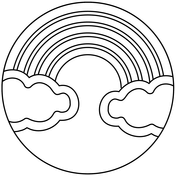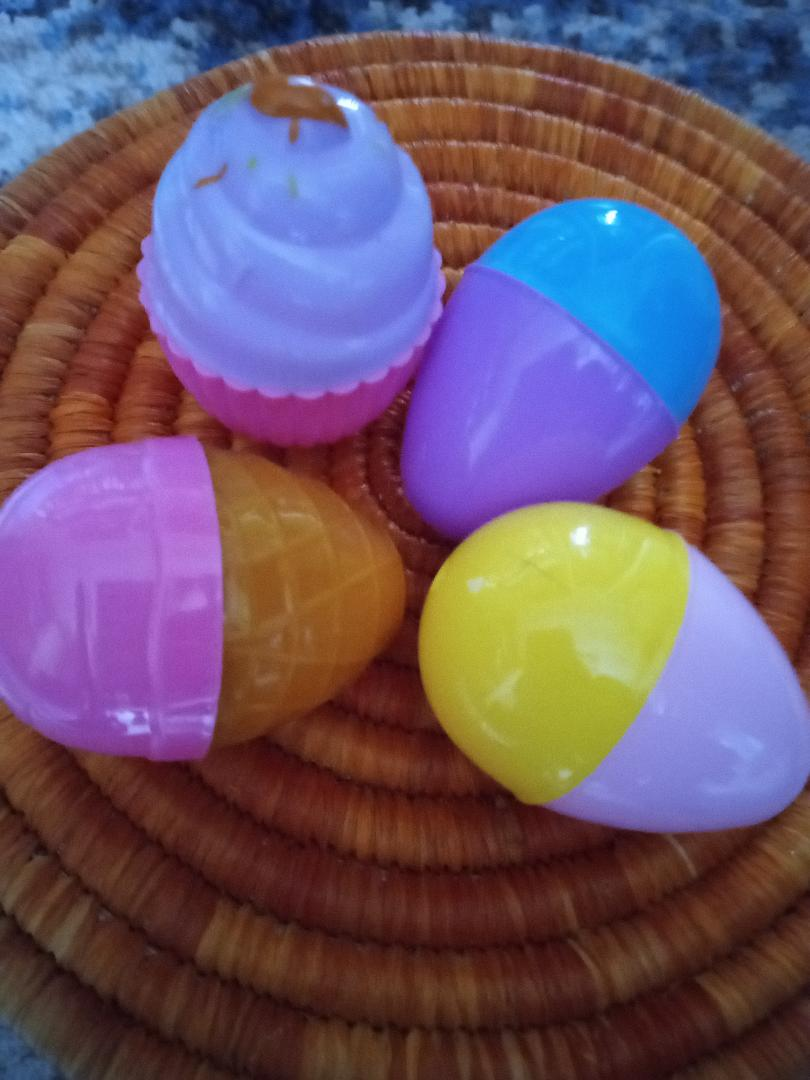Greetings from the Omschool! Teacher Omi is loving the longer and warmer days of Spring. And right around the corner, is Earth Day, part of Earth Month in April. There are so many ecological ways to celebrate the coming spring and the new life of Easter. One of my favorites is to practice reducing, reusing and recycling.
As a teacher and homeschool parent (now grandparent) I try to model good Earth Month habits all year long by recycling materials, reusing them as classroom materials and reducing landfill waste. Here are STEM and science experiments and science crafts made from recycled egg cartons. Repurpose recycled egg cartons into homemade science crafts and hands-on science games to save money and the environment. I've included links for free downlands and printable science lesson plans too. Print on recycled paper for the win!
And you know how I work: lesson plans are written for all ages (Yes, my newest little grands, Flora and Max, you too! can't leave our precious babies and toddlers out!) These can be used in preschool, elementary and multiage classrooms and in a home school) I'll label the activities for babies and toddlers (MF Max and Flora!)
Attribute sorting science games. Sensory exploration is the core of science. Students can practice exploration in hands-on science games. To play, pass out clean, recycled egg cartons with each section labeled with words or pictures of attributes. Attributes will depend on materials being sorted and science subjects being studied. Items may be sorted by color, shape, size, living/non-living, wood/metal/plastic, anything you want. (MF give them plastic eggs to sort and just touch and feel)
You can play this as a scavenger hunt in which students search for objects to fit each attribute category. Labeling and sorting materials into recycled egg cartons builds science vocabulary, adjective usage and descriptive powers. It has tie-ins to math, language, writing, even social studies. (MF activities: have older kids make a sensory activity for littles by creating homemade windchimes from trash. Baby will love laying and his back and listening to the pretty sounds. Or give a toddler a pile of empty boxes to stack and knock over.
Egg carton Sensory
Exploration sorting STEM games for Earth Month. Sort by
Taste:
Sweet, sour, salty, bitter, metallic, tart
Smell: spicy, bitter, sour, soapy, flowery, fruity, moldy
Touch: furry, fuzzy, smooth, cool, warm, hard, rough, scratchy, bumpy, squashy
(malleable), sticky
Sound: squeak, ring, buzz, beep, pop, clang, snap, crackle, scrape, scratch
(MF: give the littles "chewable" sensory items to manipulate. Children learn first about their world by taste, smell and touch. They "braille" their world as Dr. Leo Buscaglia called it. You can make a simple rattle with a plastic vitamin bottle with some jingle bells or blocks in it. Seal the lid super tight and let the little shake away! They can find endless entertainment in crinkly paper, too!
Ecology STEM experiments using recycled egg cartons.
Paper
or Plastic? Use cardboard and Styrofoam recycled egg cartons to demonstrate
what happens to both in a landfill. Place a piece from each carton in water and
soil put them in the window. Note any changes to each over time. Use this to
explore biodegradable materials and renewable resources for Earth Month.
Discuss how pollution is an environmental hazard and harms plants and animals.
Geology STEM science experiments for Earth Month: Use recycled egg cartons to classify and identify rocks and minerals. Here are free printable rock identification worksheets and online rock identification guides to help.. Students should label the sections of recycled
egg cartons and sort by:
hardness
on the MOHs scale here are free downloadable MOHs scale printables to help.
rock type (metamorphic, sedimentary and igneous)
mineral composition (calcite, silicate, carbonate, etc.)
uses (building, abrasion, decoration, chemistry, etc.)
(MF-find tactile stem rocks or fidget stones for them to explore. They will enjoy exploring the safe, non-toxic toy animals too). Or reuse a large clear plastic container from the recycle bin and place various items inside, like a terrarium, for baby to study.
Biology science games. Label the sections of recycled egg carton science crafts with taxonomy classification guide from the kingdoms (plantae, animalia, etc). Here are some more free printable animal classification activities too. Students might sort by subcategories KPCOFGS (kingdom, phylum, class, order, family, genus, species). Students cut pictures or make tiny cards with names of members of various groups. They sort pictures or words into categories. They can test each other in partners or in groups. Label the bottom of the egg carton with answers for self-checking. This can be adapted to any age or grade depending upon what you are studying. Animals classification is the perfect social studies-science cross-curricular activity! MF activities might include reading touch and feel or noisy books about animals. Max recommends the Jungly Tail Book with softie animals tails to explore.
Systems science crafts. Most all science experiments are based on a system or cycle. Use recycled egg carton science crafts to make 3D flow charts, anchor charts, Venn diagrams or graphic organizers Places objects in each section to represent parts of the cycle and draw arrows to show how they interact. Demonstrate electrical current, the water cycle. food chains, human body systems, habitats, plant development and insect metamorphosis. Here are free printable charts and graphic organizers from enchanted learning. Graphic organizers make great cross-curricular lesson plans.
Science
Timelines. Use recycled egg cartons to demonstrate how things change and
develop (or regress) over time. Make timelines of science inventions,
transportation, etc. Use this with any area of science that you teach.
Respect Earth Month and make your STEM lesson plans POP! with hands-on science activities from your recycle bin.











.jpg)






